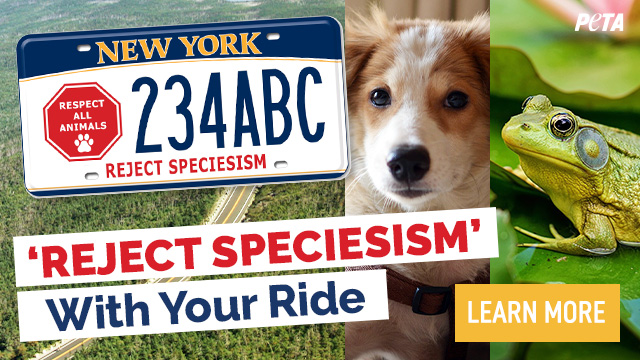WHY A DIVORCE
CAN BE RUFF ON YOUR PET
There’s no question, a divorce can negatively affect a person’s behavior because of all the unwanted stress and anxiety dissolving a marriage can bring. Here’s another piece of information to chew on; the tension, non-stop bickering with a spouse, and switching one’s daily surroundings can also be damaging to your dog.
Studies have shown that dogs are not only intuitive, but your pet can also understand and sniff out your mood based on the signals you are giving off. Paws for a second and think. Your dog has a bond with everyone in your household since they are also a member of the family. If they see a shift in your mood, a difference in your body language or witness you and your spouse in a heated argument, they feel it too.
Karis Nafte is a Pet Custody Specialist, Certified Dog Behaviorist and Pet Mediator. She tells Pet Lifestyles Magazine, “Dogs react to high stress situations in different ways. They may hide from people, stay curled up in bed, not come when called, and avoid social interaction in general.”
Nafte adds, “Then there is the other side of the behavior spectrum. Where a dog might become snappy, growl at people or children, bark much more than normal, start chewing items in the house or become much more hyper or hard to manage.”
A divorce signifies change, which often includes a new living arrangement. If the two parties enter into a share custody arrangement regarding the family pet, that pet will likely be going from one residence to another on a constant basis. According to the experts, that can bring about confusion, frustration and boredom, which could result in the dog becoming disoriented, impact their normal behavior pattern, and chomp on things you don’t want them to.
Nafte notes, “Moving between homes is only sustainable for some dogs because for many dogs, such as little dogs, going to two different residences, in the long-term is not something they can cope with because of their size.”
Children thrive for consistency and following a regular routine. So do dogs. Nafte recommends owners let the pet go back and forth with the children because it benefits both the kids and the pet. For example, Nafte says, “It keeps the dog on a steady schedule plus being with the children offers solidity for the dog, which is helpful when their foundation has come undone.”
If both parents can get on one page and abide by the same rules when it comes to the family pet, Nafte tells us, “It can be both beneficial and effective.”

For example, allowing the dog to sleep with the children at both homes and be with the children during homework, mealtimes, etc., so the surroundings become similar.
During the allocated pick-up and drop-off times with the children and pet, Nafte recommends the owner first take the dog for a walk and not be too over-joyed to see them. “Dogs are compulsive greeters,” Nafte continues, “They love reunions and saying hi but during the transition it also helps if you create a relaxing environment, which will allow your dog to manage stress or cope with changes that are unfolding.”
You also want to be aware of your dog’s age and breed. According to Nafte, “older dogs are more fragile and therefore the constant travelling from home to home is not a healthy choice. You also don’t want this arrangement if you have a little puppy.” Nafte continued, “because they are young and need to focus on bonding with their owners in one environment.”
Owners should also pay attention to their dog’s breed, especially if they have a guard dog because the on-going to and from+ will confuse them as to which household they should be looking after.
Other helpful tips to reduce “pet stress” include giving dogs the opportunity to use their mouth, nose, feet, and mind. Maintain your dog’s normal walking routine and consider adding a daily sniff walk, which entails going to a new walking area where your dog will want to sniff everything and check out a new place. Also, try walking slowly, use a long leash, pause anytime your dog wants to smell something, which will allow them to settle their minds by getting lost in their nose, provide good chew toys, food puzzles and other interesting things to do with their mouths, which will make the dog happy.







